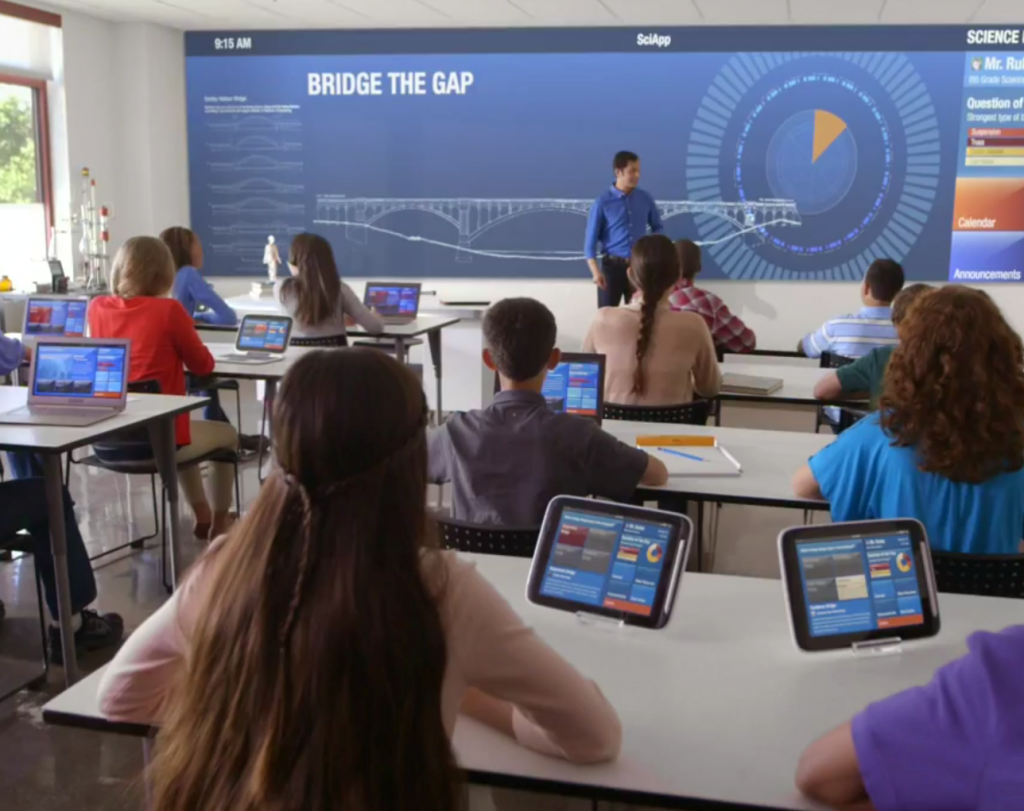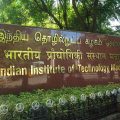Everything You Need To Know About WBJEE : West Bengal Joint Entrance Examination
A quick Guide about WBJEE – West Bengal Joint Entrance Examination
WBJEE stands for West Bengal Joint Entrance Examination, it is an entrance examination that provides the admission in UG engineering and technology courses by West Bengal Joint Entrance Examination Board (WBJEEB).
After qualifying this West Bengal Joint Entrance Examination, candidates can get direct admission in various private and government colleges within the state of West Bengal.

Entrance exam of WBJEE will be held in Offline mode. The exam will be conducted in TWO sittings for engineering, architecture and pharmacy programmes.
Students will get eligible for admissions in Government Colleges and Self-Financed Institutes in the state of West Bengal.
WBJEE 2017 Participating Institutes
The Top 10 Participating Institutes below:
|
S no. |
Name of Institutes |
|
1 |
University of Kalyani- Science Instrumentation Centre, Kalyani |
|
2 |
Government College of Engineering and leather technology, Salt Lake |
|
3 |
Government College of Engineering and Textile Technology, Serampur |
|
4 |
Jalpaiguri Government Engineering College |
|
5 |
Kalyani Government Engineering College |
|
6 |
Coochbehar Government Engineering College |
|
7. |
Jadavpur University, Kolkata |
|
8 |
MaulanaAbulKalam Azad University of Technology, Salt Lake |
|
9 |
University Institute of Technology, Burdwan University, Burdwan |
|
10 |
University of Calcutta |
WBJEE Eligibility Criteria
Age
-
Candidates should be minimum 17 years of age as on 31st December of the year of admission.
-
And there is no upper age limit.
-
For admission to the degree level Marine Engineering Course, the age limit is 17 years as on 31.12.2017 and the upper age limit is 25 Years as on 31.12.2017.
Eligibility for Domicile:
-
The candidates who is applying must be an Indian citizen.
-
The candidates not take up residence in West Bengal are not eligible for admission in medical/dental courses.
-
The candidates not take up residence in West Bengal can only register for engineering courses.
Eligibility for Academic
-
Eligibility for Engineering & Technology courses:
The candidates must have passed 12th or equivalent exam from any recognized board with pass in all Physics, Chemistry and Mathematics.
-
Eligibility for Architecture courses:
The candidates should have passed 10+2 or equivalent exam from recognized board with pass in all Physics, Chemistry, Mathematics and English.
Exam Pattern
The Exam pattern is mentioned below:
-
The question paper will be based on class 11th and 12
-
The exam questions types will be of objective type.
-
Candidates are supposed to mark the answers by using only blue or black ball point pen.
-
The question paper will be asked in OMR pattern.
-
The exam paper is divided into paper I and paper II.
-
Exam paper I questions includes from mathematics.
-
Exam paper II questions includes from Physics and Chemistry.
-
Both papers that is paper I and paper II will be divided into three categories:
Category 1
-
Marking scheme of West Bengal Joint Entrance Examination category 1 are, for every correct response, 1 marks will be allotted to the candidates.
-
For incorrect response, 1/4 negative mark will be deducted to the candidates.
Category 2
-
Marking scheme of West Bengal Joint Entrance Examinationcategory 2 are, for every correct response, 2 marks will be allotted to the candidates.
-
For incorrect response, 1/4 negative mark will be deducted to the candidates.
Categories 3
-
Marking scheme of West Bengal Joint Entrance Examinationcategory 3are, for every correct response, 2 marks will be allotted to the candidates.
|
Subject |
Catagory-1 Questions/ Marks |
Catagory-2 Questions/ Marks |
Catagory-3 Questions/ Marks |
No. Of Questions |
Total Marks |
|
Mathematics |
60/ 60 |
10/ 20 |
10/ 20 |
80 |
100 |
|
Physics |
30/ 30 |
5/ 10 |
5/ 10 |
40 |
50 |
|
Chemistry |
30/ 30 |
5/ 10 |
5/ 10 |
>40 |
50 |
|
Total |
160 |
200 |
Syllabus for WBJEE :
Mathematics Syllabus :
-
Algebra
Quadratic Equations, Permutation and combination, Principle of mathematical induction, A.P., G.P., H.P, Logarithms, Complex Numbers, Binomial theorem (positive integral index).
-
Matrices
Statistics and Probability, Trigonometry, Coordinate geometry of two dimensions, Sets, Relations and Mappings, Co-ordinate geometry of three dimensions.
-
Calculus
Differential Equations, Application of Calculus, Vectors, Differential calculus, Integral calculus.
Syllabus of physics includes:
Electromagnetic induction & alternating current, Electromagnetic waves, Particle nature of light &, wave particle dualism, Atomic Physics, Nuclear Physics, Solid state Electronics, Physical World, Measurements, Units & dimensions, Kinematics, Optics I (Ray optics), Optics II (Wave Optics), Laws of motion, Work, power, energy.
Gravitation, Bulk properties of matter, Viscosity, Heat &, Thermal Physics, Thermodynamics, Kinetic theory of gases, Oscillations & Waves, Motion of center of mass, connected systems, Friction, Electrostatics, Current Electricity, Magnetic effect of current Magnetics.
Syllabus for chemistry includes:
Chemistry of Non-Metallic Elements and their Compounds, Chemistry of Metals, Chemistry in Industry, Atoms, Molecules and Chemical Arithmetic, Atomic Structure, Solid State, Liquid State, Gaseous State, Chemical Energetics and Chemical Dynamics, Physical Chemistry of Solutions, Ionic and Redox Equilibria, Hydrogen,
Polymers, Surface Chemistry, Radioactivity and Nuclear Chemistry, The Periodic Table and Chemical Families, Chemical Bonding and Molecular Structure, Coordination Compounds, Environmental Chemistry, Chemistry of Carbon Compounds, Aliphatic, Compounds.
Carboxylic Acids, Aliphatic Amines, Aromatic Compounds, Application Oriented chemistry, Introduction to Bio-Molecules, Haloalkanes and Haloarenes, Alcohols, Ethers, Aldehydes and, Ketones, Principles of Qualitative Analysis.
Disclaimer: This is an Contributor post from GetMyUni (EdTech startup). The statements, opinions and data contained in these publications are solely those of the contributors and not of TamilEntrepreneur.com.
Please Read This Article:
How Technology has enhanced the teaching and learning : Pros And Cons Of Technology In The Classroom













